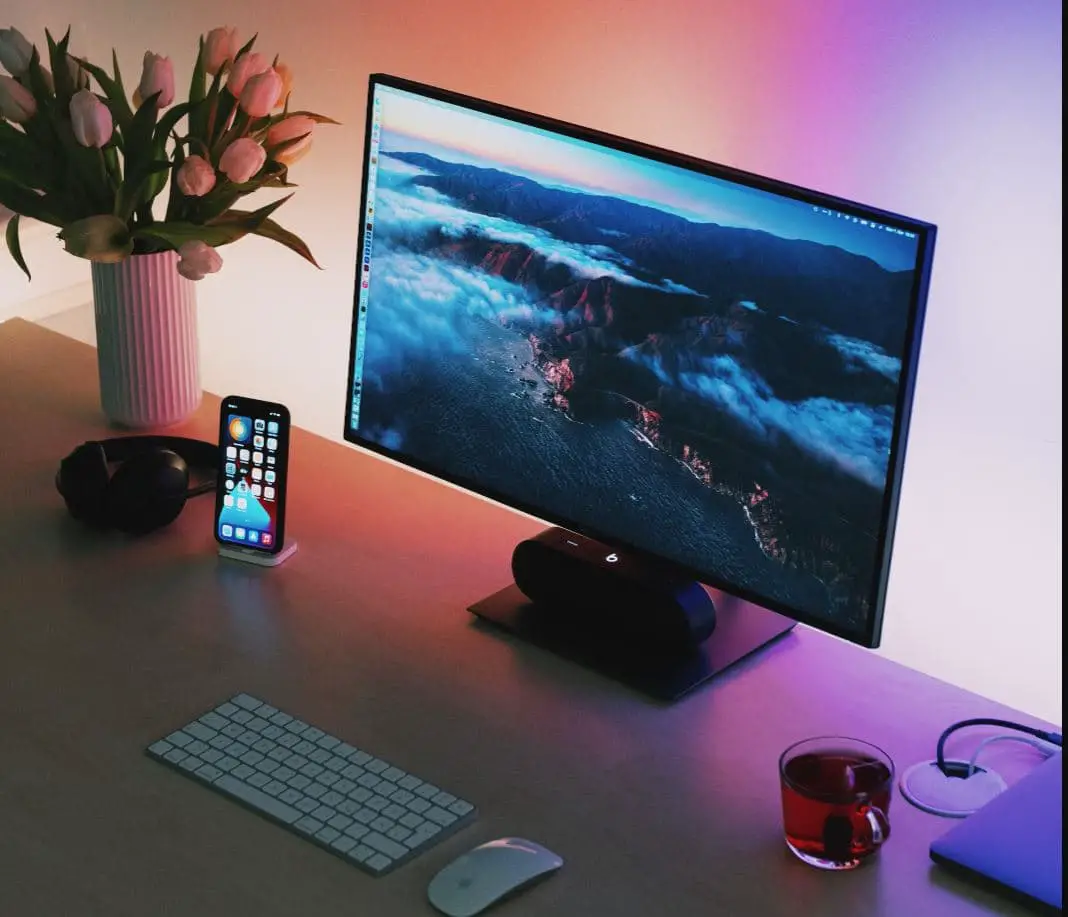No doubt, working remotely has been a burgeoning trend in 2022/23. While this mode of work offers many individuals a more flexible work-life balance under normal conditions, the coronavirus pandemic has made it a necessity. Under the stay-at-home measures, those that can work from home must do exactly that. But the current threats are not only health-related, but cybercriminals are also apparently unaffected by COVID-19. Businesses must be careful to keep their cybersecurity measures to a maximum, at a time when there are many other potential distractions.
Extra time at home can be stultifying, but we should do all we can to keep our spirits high and be as productive as we can. Starting a website from which to launch a personal project can be the perfect way of creating something useful.
Check your endpoint protection
The security system for workstations in an office allows for a much higher level of control, which is not possible for home computers. For users of Windows 10, Windows Defender is the anti-malware program that is built into the operating system. For Mac users, it is also available for download. Businesses should have a policy in place that ensures all devices with access to company resources must have a certain level of endpoint security. It may also be necessary to monitor workstations using cloud-based tools, such as LogmeinRescue.
Keep programs and operating systems updated
Vulnerabilities in applications and operating systems are often the target of cybercriminals. When systems are not frequently updated, they fall behind the newer versions that have patches to protect the vulnerabilities. This means it is absolutely essential for employees to keep the computer systems they are using for work completely updated. Users of Windows 10 should install the latest version as a matter of urgency, and hardware updates may also be necessary. This is another reason for businesses to have an IT policy in place for working from home.
Use Multi-Factor Authentication (MFA)
When allowing employees to remotely access cloud-based resources, MFA should be considered a minimum security measure. This is the use of multiple factors in the authentication process, such as requiring a password and a PIN sent to a mobile device. This is often available with public cloud services like Microsoft Azure. Alternatively, a third-party MFA solution can be applied, such as Cisco Duo. Microsoft claims that MFA can block 99.9 percent of automated attacks.
Review software used remotely
It is always a much better idea to synchronize the software that staff members are using from home. Subscribers to Office 365 can install the suite on up to five workstations, five tablets, and five smartphones. Depending on the version, Office for home use may also be available. Due to the COVID-19 restrictions, Microsoft Teams is offering a free trial period of six months. Office 365 Pro Plus users can also take advantage of Windows Virtual Desktop on Azure.
Configure Wi-Fi encryption
It is essential that all employees working from home are doing so on a secure network. Data that is sent through Wi-Fi that is not encrypted can be easily intercepted. Wireless networks are usually encrypted with the WPA-2, avoiding outdated Wi-Fi standards. It is also important to ensure all passwords are strong, which is possible when using a password manager. For staff members connecting through an unfamiliar network, the use of a Virtual Private Network (VPN) is another option.
Train employees
Unfortunately, members of staff are frequently the cause of data breaches, often unwittingly. When more employees are working remotely, there is a greater number of vulnerabilities that could lead to cyber-attacks. Even in the best of times, staff training in cybersecurity issues should be ongoing. At a time when most people are trying to stay healthy and safe, Homeland Security is warning of COVID-19 related scams that are taking advantage of the disruption. This puts a greater emphasis on businesses to keep their employees updated.
Working remotely is an emergency measure for many people right now, but cybersecurity issues should not be overlooked. Data breaches can be extremely damaging for businesses, and a high proportion are forced to fold in the months following an attack. As with contagious diseases, it is always better to be safe than sorry.
Also read:
- The Ultimate Windows 10 Security Guide, to Secure Your PC
- Antivirus vs VPN, Do You Really Need Both of these protection services?
- Essential Cyber Security Tips Every Small Business Should Know
- Laptop camera not working after the Windows 10 update? Let’s resolve the problem
- The Basic Functioning of the Operating System – Explained
